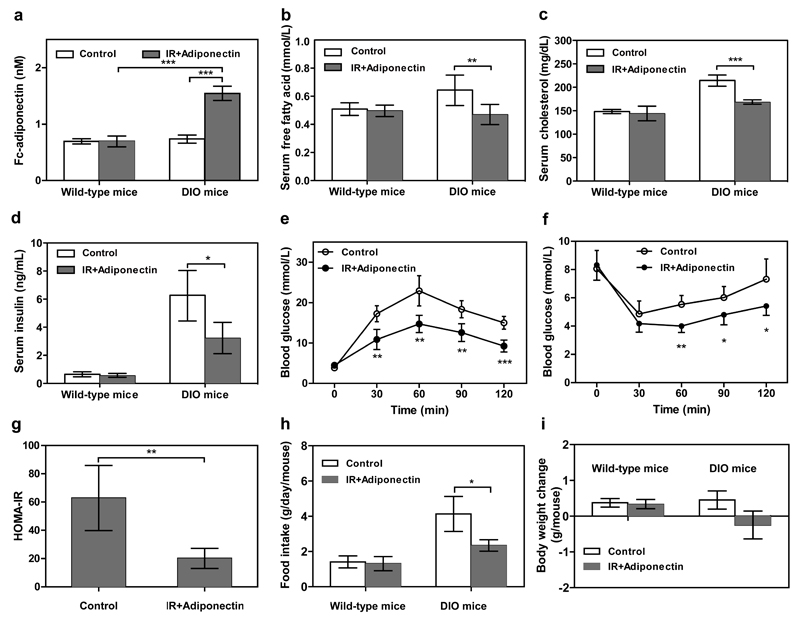Figure 4. Self-sufficient insulin-sensor-based control of adiponectin expression in insulin-resistant DIO mice.
Mice fed for 10 weeks with normal caloric food (10 kcal% fat) or high-fat food (60 kcal% fat) were intraperitoneally implanted with 2x106 encapsulated pIR-/pTetR-ELK1-/pHY79-transgenic HEK-293 cells (200 cells/capsule). Control mice were implanted with 2x106 encapsulated pKZY73-/pTetR-ELK1-/pHY79-transgenic HEK-293 cells. Serum (a) adiponectin, (b) free fatty acid, (c) cholesterol and (d) insulin levels were profiled after 48 hours of implantation. (e) Glucose tolerance test and (f) insulin tolerance test were performed 24 hours after implantation (serum adiponectin levels: 1.38±0.18nM). (g) HOMA-IR levels of DIO mice were determined 48 h after implantation. (h) Food intake and (i) body-weight change were quantified 72h after implantation. N.D., not detectable. The data represent the mean ± SEM, statistical analysis using a two-tailed Student’s t-test, n=8 mice per group. *P < 0.05, **P<0.01, ***P < 0.001 vs. control.

